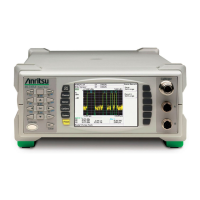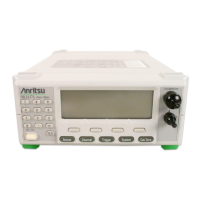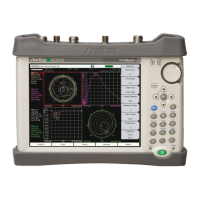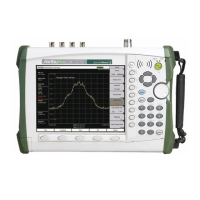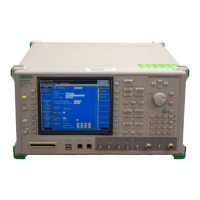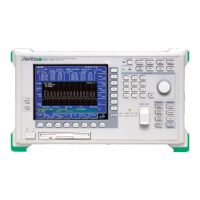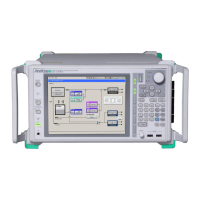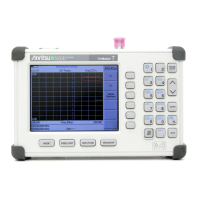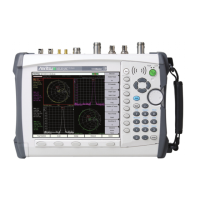ML248xA / ML249xA Common Procedures
5-38 13000-00162
September 2005
Gates and Fences
Up to four different gating patterns may be applied simultaneously to any measurement.
Before going on to describe how the gates and fences are set up, it is first necessary to
make sure that the terms themselves are understood.
Term Definition
Gate: A gate is a specification for extracting an averaged power reading
measurement between two defined points on a pulsed waveform. These
points are defined with respect to the point in time at which the
measurement trigger occurred.
Fence: A fence is set up within the boundaries of a gate. All data sampled
between the fence start and stop positions is excluded from the average
power calculations for the associated gate. This is useful for purposes
such as excluding a training sequence from an EDGE measurement.
Certain restrictions and conditions apply when setting up gating and fence settings, these
are listed below.
• A maximum of four gating patterns can be applied to any single measurement, or
eight in a repeated gating pattern.
• The fence start and stop positions cannot be set outside of the area defined by the
gate start and stop positions.
• The Gate Start and Stop points are included in the measurement.
• The Fence Start and Stop points are excluded from the measurement and have
priority over the Gate Start and Stop points if they coincide.
• Gating patterns are independent and may overlap without interfering with each other.
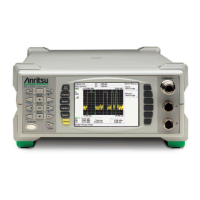
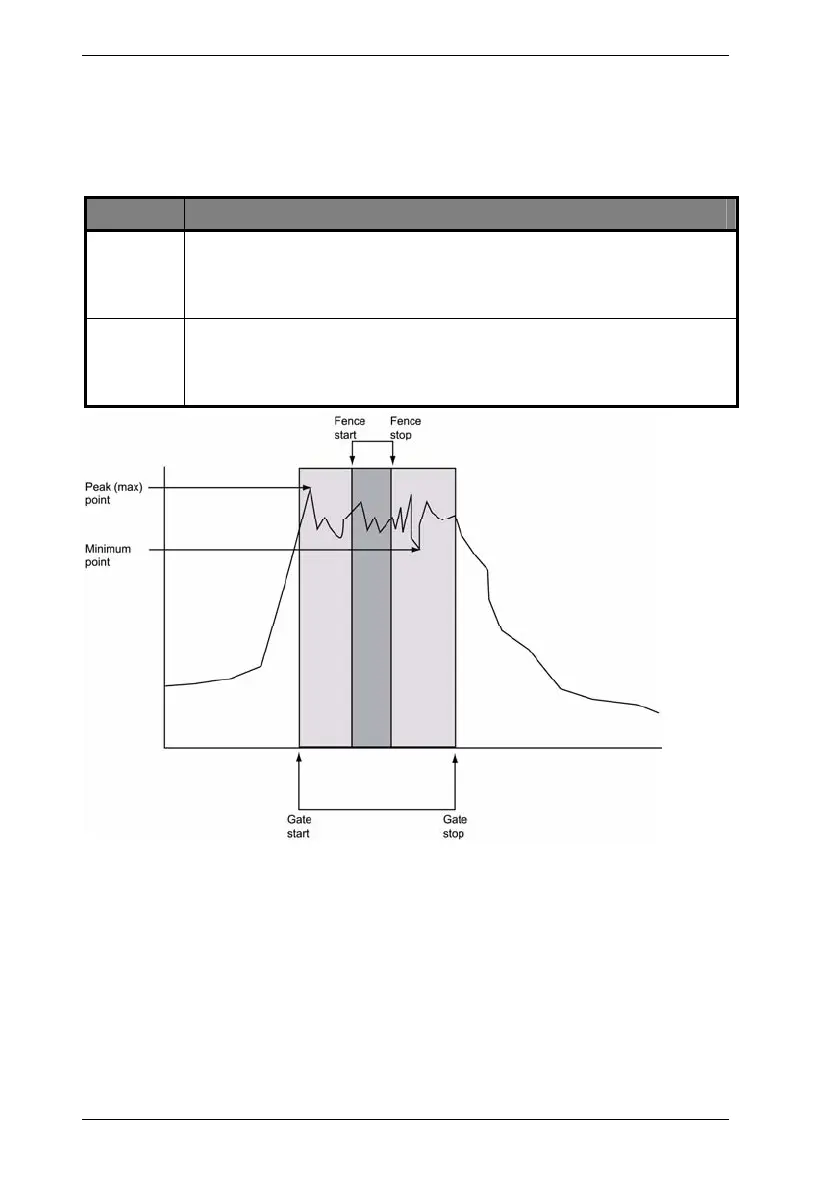